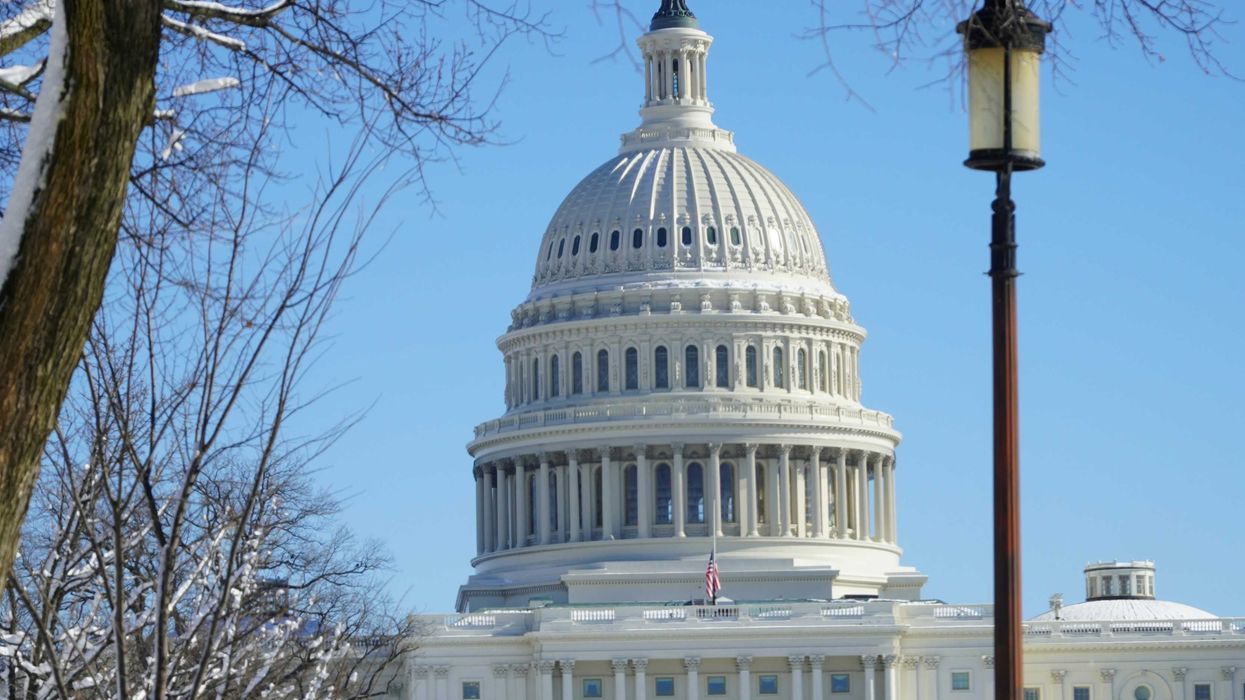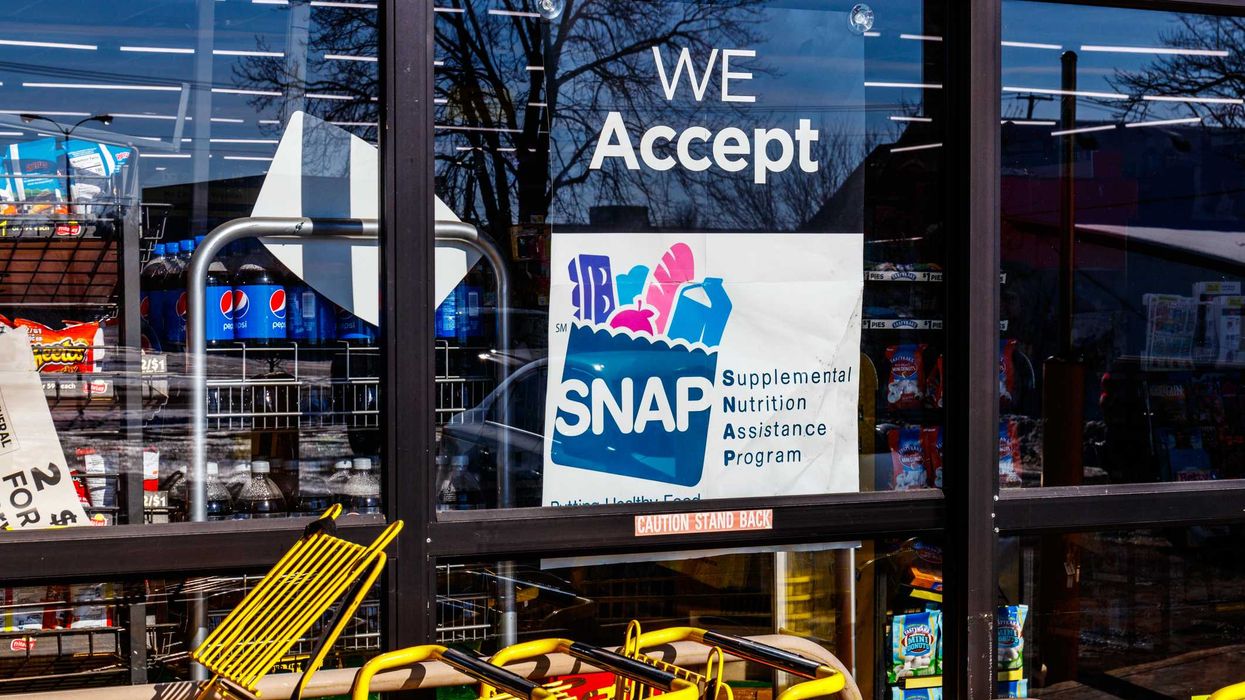Are mixed economic signals concealing a struggling economy?
Is the U.S. economy gaining momentum or losing steam? Everyone wants to know. But due to the ongoing government shutdown, the usual economic data and research published by federal agencies like the Bureau of Labor Statistics are not being released. That lack of data and information makes it more challenging to gauge where the economy is headed.
Nevertheless, a number of independent studies and opinion polls have been released in recent days that provide a glimpse of the economic outlook. Though it must be said, sometimes sifting through the mountains of conflicting data is reminiscent of the odd practices that ancient humans developed for telling the future, such as interpreting clouds (known as aeromancy), reading coffee grounds or tea leaves (tasseography), or examining animal entrails (extispicy). Making matters even more confusing, our economic predictions all too often get caught up in partisanship: my set of facts or yours?
No wonder celebrated economist John Kenneth Galbraith once observed, “The only function of economic forecasting is to make astrology look respectable.” Still, the new slew of independent economic reports and polls helps us get a read on the economy.
On the positive side, economic growth rebounded in recent months, expanding at a robust 3.9% annualized rate, following a contraction in the first months of the year. That growth has been a product of consumer spending remaining resilient, especially on back-to-school shopping and other retail sales. Also positive, the inflation rate has held steady, at first declining a bit from 3% in January, when President Donald Trump took office, but recently inching back up to 3%. Still, where are the predicted price increases from Trump’s double-digit tariffs? Nobody knows (more on that below). And the S&P 500 stock market is up about 14.5% since the beginning of the year, which makes the 10% of wealthiest Americans, who own 90% of stocks, extremely happy.
But do these rosy numbers reflect everyday people's reality? Most people don’t own much stock, and as President Joe Biden found out the hard way, millions of Americans can often experience a wide gap between what the official “inflation rate” measures and actual pricing levels. President Biden kept insisting that the inflation rate was going down from its pandemic high of 9% in June 2022, even as the price of a hamburger in a restaurant kept going up, up, up to $18. Biden’s successor, Kamala Harris, lost the election substantially due to dissatisfaction over the rising cost of living.
New numbers, a new economic reality
So it’s unfortunate news for President Trump that a new Harris poll recently found that 74% of Americans are reporting soaring prices in their own lives. Nearly three-quarters of Americans say that their costs have risen, with a range of between $100 and $749 per month. The price hikes were reported across the political spectrum by Democrats, Republicans, and independents. A majority (53%) think the economy is getting worse, compared with 48% who said the same last year.
Other data points indicate more red flags. For example, the New York Times recently reported that more Americans are struggling to make their monthly car-loan payments. That’s generally a sign that lower-income consumers are under growing financial pressure. Repossessions have swelled, and more indebted drivers are trading in vehicles for cash even though the vehicle is worth less than their loan, meaning they are underwater and mired in debt.
While the Trump administration has been able to boast about restrained inflation despite its high tariff policy, unfortunately, that advantage may be about to expire. The most recent Consumer Price Index shows that inflation has ticked back up on certain key goods, like coffee (prices up 19 percent for the year), and the cost of clothing and apparel, furniture, airline fares, personal care, and more all increased substantially in September. Is this the long-awaited impact of the Trump administration’s tariffs? Tariffs can especially affect the prices of goods like groceries, which 47% of Americans now say are harder to afford than a year ago, including 54% of independent voters.
The slow rise of prices from tariffs has been difficult to detect. Tariff-fueled price increases have been a little like a New York Yankees World Series championship—much promised but infrequently delivered. However, if the tariff impacts are starting to wash up on American shores, the impact could be substantial. The economists at the Yale Budget Lab have calculated that households will eventually see an average increase of $2,300 in costs per year due to Trump’s tariffs, an average of $191 per month.
What about jobs and employment? Due to the federal government shutdown, official employment data has not been released since Oct. 1. But the Federal Reserve has its own self-funded independent economic reporting, and its data points to a continuation of weak job growth and a sharp slowdown in hiring, which Federal Reserve Chair Jerome Powell cited in September when the central bank made its first interest rate cut of 2025. It also shows possible cracks in consumer spending, and recent business confidence surveys point to a decline, especially in manufacturing, but less so in the service sector.
And businesses are warning of coming price increases. Many companies stockpiled inventory before Trump ordered tariffs, giving them extra supply to exhaust before needing to reorder. Some businesses have resisted raising prices on their customers, for fear that it would discourage consumers from spending. But eventually, that buffer will run out.
Gender gap: Women more pessimistic than men
An interesting twist on the economic state of the nation was reported recently by the Wall Street Journal. According to WSJ, there is a 31 point difference between the percentage of women who feel that the economy is in bad shape, compared to men. That’s a huge gender gap, with possible political ramifications.
Women see the economy differently because they experience it differently. Especially since they take on different responsibilities in their households. Women still earn less of a wage than men for doing comparable work, and women also do most of the grocery shopping, so they have seen prices escalate in recent years. Also, more women do single-parenting; about 20% of U.S. children live in a single-parent household headed by a woman, and only 5% of kids are in a single-parent household headed by a man.
Consequently, more women are switching to buying less expensive groceries, and they are not confident that they will have money for a vacation or to buy a car. And they are less confident that they will have enough money for a comfortable retirement. When asked if the economy will get better over the next year, half of the women said no, and many expected the economy to get worse.
This gap between men's and women’s sentiments about the economy has been growing for about the last six years, starting just before the COVID pandemic, so this is not necessarily a factor caused by Trump or his tariffs. Nevertheless, a certain percentage of women voters, as well as men voters, tend to blame whoever is in office for the current state of the economy. Indeed, a recent AP-NORC poll reported on by Newsweek found that barely one-third of Americans—36 percent—approve of President Trump’s handling of the economy. What used to be a strength of Donald Trump and the Republicans over the Democrats, namely their economic management, appears to be becoming a liability.
Nine months after Donald Trump took office, promising to reduce prices on “day one,” a broad cross section of Americans, including Republicans, Democrats, and independents, believe prices are rising, and their overall mood is darkening. But who knows, if economic growth remains steady, the overall outlook could once again gain momentum. As Hall of Fame catcher Yogi Berra once said, “It ain't over 'til it's over.”
Steven Hill was policy director for the Center for Humane Technology, co-founder of FairVote and political reform director at New America. You can reach him on X @StevenHill1776.




















 Todd Walters, UFCW Local 135 president, in his office in San Diego.Credit: Alex Segura
Todd Walters, UFCW Local 135 president, in his office in San Diego.Credit: Alex Segura